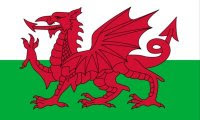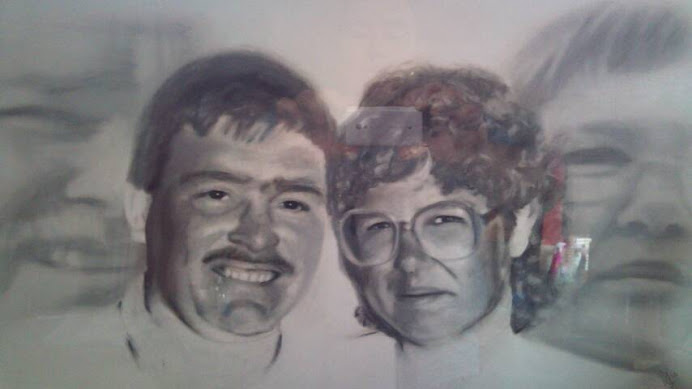Well I don't think that's too shabby, a first attempt with my new Karisma Colouring Pencils. I sort of hope that you agree, because I'm delighted with the outcome and this one has already found itself inside an envelope, all wrapped up, and posted out as a gift to someone whom I met on the P&O MV Aurora. It's just pigment with the Karismacolor product, you don't add water or a wash. Unless of course you're expanding your artistry into 'Mixed Media'. So this is another example for the ArtRba file. The RBA bit stands for my initials and the rest is self explanatory.
Photograph: Venice, Karisma pencils on 165 gsm smooth paper circa 7x5 inches
(ArtRba all rights reserved [as is always the case with my Art and Poetry] 2016)
My learning outcomes as I move further into my 'teach yourself' coloured pencils home and coffee shop course, are:
(1) the intensity of the coloured pencil pigment laid, depends on both the pressure applied to the art pencil and the number of layers that an artist uses over their first and subsequent layers.
(2) the surface pattern that can be created when laying the pencil pigment is dependent upon such things as (but is not restricted to) [i] the type paper used, and [ii] the surface on which that paper rests, and [iii] any indentations into the surface of the paper that are deliberately made by the artist.
(3) mark-making adds to the outcome of the finished image. Such mark-making could include (but yet again is not restricted to) [i] short or long lines with intense pressure, [ii] stabbing into the paper, or [iii] moving the pencil in the direction of the shape [rather than a tendency to go horizontally across a page with watercolours], or [iv] indentations or raised edges forced into the paper, [v] scrubbing in colour (on good quality paper that can withstand scrubbing), [vi] hatching, [vii] shading.
(4) depending upon the quality of the paper used, highlights could be achieved by using an eraser or even sandpaper. Alternatively the artist could use a white pencil of the same brand. Unlike with watercolour where it's essential to preserve some of the white of the paper. The lightening process could even include the use of chalk, or white soft pastel, or white oil pastel (notwithstanding that with the chalk or soft pastel a fixative would be required).
(5) pigment could be lifted from the colouring pencil [through sharpening or using a course nail file] and then allowed to fall onto parts of the drawing.
(6) layering a pencil colour on top of a previous layer can change both the intensity of the colour of the previous layer, and the final colour itself.
(7) after sharpening, the colouring pencil tips can be maintained sharp by using a small card and glass paper disposable nail file before the next sharpening.
(8) blending of the different pencil colour pigments can be achieved by using one colour on top of another, or with the use of a paper blending stick.
(9) controlled indentations can be made into the paper by using [i] the tip of a blunt dart that has been made blunt and cleaned using a metal file, or [ii] the small end of the nail art tools that are quite often sold by Poundland at, you have it, in the U.K. £1 for a set of four. But don't hold me to that price!
There you have it; some useful advice courtesy of ArtRba





















